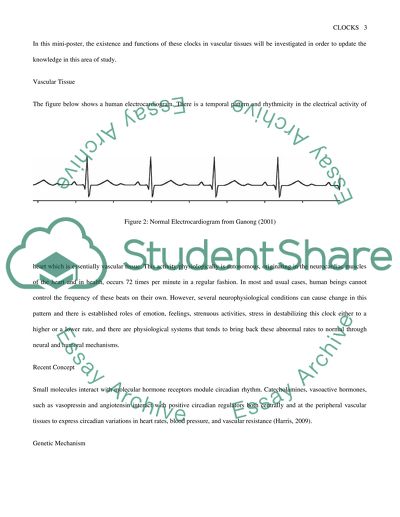Clocks in the Vasculature Essay Example | Topics and Well Written Essays - 1000 words. Retrieved from https://studentshare.org/science/1505584-clocks-in-the-vasculature
Clocks in the Vasculature Essay Example | Topics and Well Written Essays - 1000 Words. https://studentshare.org/science/1505584-clocks-in-the-vasculature.


